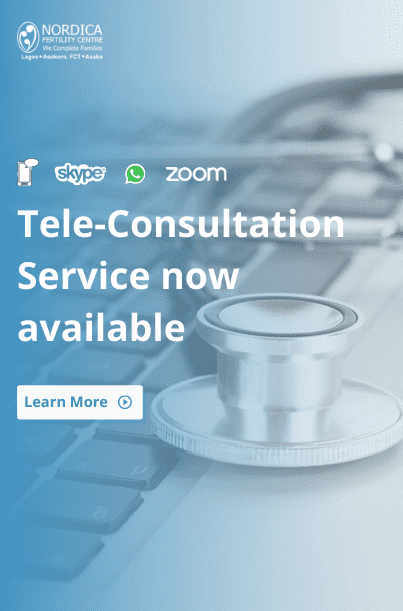Fertility Talk With Dr Ajayi: How To Get Pregnant, What Women Need To Know
Fertility Talk With Dr Ajayi: How To Get Pregnant, What Women Need To Know

Getting pregnant isn’t always easy. Very few couples conceive on the first try. In fact, even if everything is absolutely in perfect working order, there is only a 20 -25% chance of conception each month. If you are under 30 years of age and haven’t conceived in 12 months, you should make an appointment to see your doctor, as there could be some issues at play that are preventing you from getting pregnant. If you are over 35years and haven’t succeeded in getting pregnant in 6 months, make an appointment to see your doctor as infertility issues become more prevalent as you age. If you are over 40, then do not delay in getting medical help. Many couples who desire to get pregnant actually impede pregnancy by having intercourse on the wrong day, so for all women trying to conceive, there has never been a better time to get to understand medical terms such as IVF, Artificial insemination, embryo transfer and others. Why this may seem more like science fiction than before, it has to become part of your vernacular. Before visiting a fertility expert, there are some steps you as a woman can take to increase your chances of becoming pregnant by understanding facts from fiction. At NORDICA fertility centre, there are series of experts seeking to help women separate the old wives tales from medical facts and provide them with helpful tips on increasing their odds of getting pregnant.
From Experience, we have found that there are women who don’t know that ovulation usually occurs on day 14 of their cycle. The fact is that if you have a regular cycle of 28 days, this definitely holds true. Then however, if the interval between your periods is irregular, it would be very difficult to time your ovulation. In general, ovulation takes place 14 days prior to your menstrual period, so for a 35-day cycle, ovulation may occur on day 21. Infertility is not just a woman’s problem because approximately 30% of the time, a male factor is involved in a couple’s inability to conceive. 30 percent of the time it’s a female issue, and 30 percent of the time both partners have a problem and for the last 10% there is no identifiable reason why there is no conception the so called unexplained infertility.
It may sound bizarre, but millions of people of child bearing age in the world over experience infertility. The good news is that there is a variety of therapies available to treat the medical obstacles to having children. A thorough medical evaluation is recommended to determine the underlying cause; however, many patients are successful with minimally invasive treatment options. Also, you need to know that it is not really true, that as long as you are having regular periods, you should be fertile. Even if a woman regularly ovulates, has regular periods and feels fine from adequate hormones (estrogen and progesterone secretion) from her ovaries, the eggs that she produces as she ages have a decreased ability to establish a pregnancy. Based on the fact that this decline in egg potential can vary from woman to woman, it is important to seek a consultation from a specialist for specific assessments and tests after the age of 30. Regular periods are a sign of proper ovulation, but if there are other problems such as tubal blockage or endometriosis, pregnancy still may not occur without help.
It is a fact that in women, fertility is strongly influenced by age and a woman over 40 has less than 5% chance of conception. Patients going through IVF under the age of 35 have much higher success rate (often as high as 50 percent). This underscores the need for women to seek competent fertility care early. Another thing to emphasize is that fertility drugs do not always result in multiple pregnancies because recent advances had led to increase pregnancy rate while minimizing the risk for higher multiples. Women undergoing fertility drug treatments are closely monitored and as for those going through IVF, improved technology has increased pregnancy rate, leading to fewer embryos needing to be transferred in order to maximize chance of pregnancy. Rarely, multiple births are always possible but the rate is not as high as most people think. Another common belief I want to address concerns the notion that once a woman is able to conceive once, she will have no problem conceiving again. The truth is that past fertility does not ensure future fertility. More than half of all women who experience infertility already have had at least one confirmed pregnancy regardless of the outcome. Such women suffer from secondary infertility, or an inability to conceive after a year when one or both partners have previously conceived. The causes of secondary infertility vary but age is a primary factor. While the intrauterine device (IUD) can facilitate the spread of a sexually transmitted infection (STI) into a woman’s uterus and fallopian tubes, which could damage her future fertility, the IUD itself does not put fertility at risk. It is a suitable method of contraception for people in long term monogamous relationship in which neither partner has an STI.





